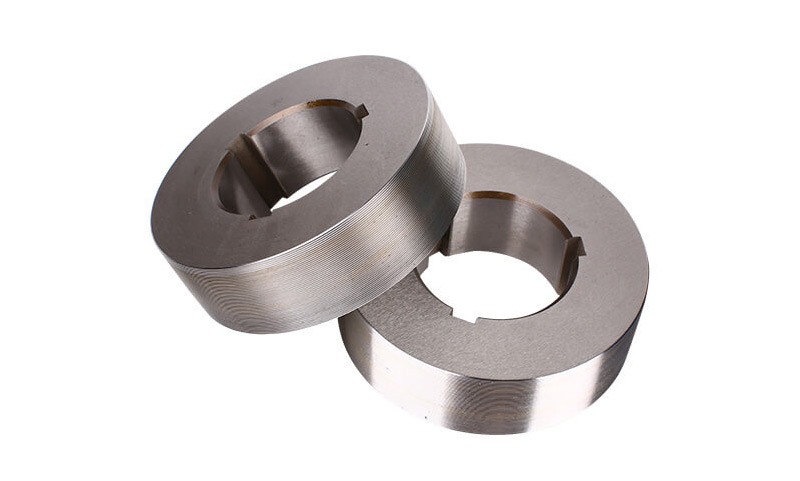
Sep . 28, 2024 21:07
Back to list
Optimizing Efficiency in Heat Exchanger Design and Performance for Industrial Applications
Understanding Heat Exchangers Principles and Applications
Heat exchangers are vital components in various industrial processes, serving the primary function of transferring heat between two or more fluids without mixing them. They play a significant role in increasing the efficiency and sustainability of heating and cooling systems across a multitude of applications, from power plants and chemical processing to HVAC systems and food production.
Types of Heat Exchangers
There are several types of heat exchangers, each designed to meet specific thermal management needs. The most common types include
1. Shell and Tube Heat Exchangers Comprising a series of tubes, one set carries the heated fluid while the other set carries the cooler fluid. This design is prevalent in industries where large quantities of heat transfer are required, such as in oil refineries and chemical plants.
2. Plate Heat Exchangers These consist of multiple thin plates that promote a large surface area for heat transfer. The fluids flow through alternate plate channels, maximizing the contact area. Plate heat exchangers are compact and efficient, often used in food processing and HVAC applications.
3. Air-Cooled Heat Exchangers Utilizing ambient air to remove heat, these exchangers are commonly employed in power generation and petrochemical industries. They are especially useful in situations where water is scarce.
4. Double-Pipe Heat Exchangers This type features one pipe inside another, allowing one fluid to flow in the annular space while the other flows through the inner pipe. They are simple and cost-effective for smaller applications.
heat exchanger

Principles of Operation
The operation of heat exchangers is fundamentally rooted in the laws of thermodynamics. The general principle is based on two fluids entering the exchanger at different temperatures. Heat transfer occurs from the hotter fluid to the cooler fluid until thermal equilibrium is achieved.
The efficiency of heat exchangers is influenced by several factors, including the material of construction, the temperature difference between the fluids, the flow arrangement (counterflow, parallel flow, or crossover flow), and the overall design. By optimizing these factors, engineers can design heat exchangers that maximize heat transfer while minimizing energy consumption.
Applications Across Industries
Heat exchangers are integral to a wide range of industries. In the oil and gas sector, they are used to recover heat from exhaust gases and to pre-heat incoming fluids, thus increasing overall efficiency. In the chemical industry, they facilitate reactions that require precise temperature control by enabling heat exchange between reactants and products.
In the food and beverage industry, maintaining safe temperatures during production is crucial. Heat exchangers are used to pasteurize liquids, ensuring microbial safety while preserving taste and nutritional value. Similarly, in HVAC systems, they play a vital role in regulating indoor climates by transferring heat between indoor and outdoor air.
Conclusion
In an era where energy efficiency and sustainability are paramount, heat exchangers stand out as indispensable components that enable industries to optimize their energy use. They not only enhance operational outcomes but also contribute to reducing carbon footprints and conserving natural resources. As technology advances, the efficiency and effectiveness of heat exchangers continue to improve, paving the way for innovative applications that will further transform industrial processes. Understanding their principles and operational mechanisms is crucial for engineers and technologists striving to develop more efficient systems in the quest for a sustainable future.
Latest news
-
Safety Valve Spring-Loaded Design Overpressure ProtectionNewsJul.25,2025
-
Precision Voltage Regulator AC5 Accuracy Grade PerformanceNewsJul.25,2025
-
Natural Gas Pressure Regulating Skid Industrial Pipeline ApplicationsNewsJul.25,2025
-
Natural Gas Filter Stainless Steel Mesh Element DesignNewsJul.25,2025
-
Gas Pressure Regulator Valve Direct-Acting Spring-Loaded DesignNewsJul.25,2025
-
Decompression Equipment Multi-Stage Heat Exchange System DesignNewsJul.25,2025

